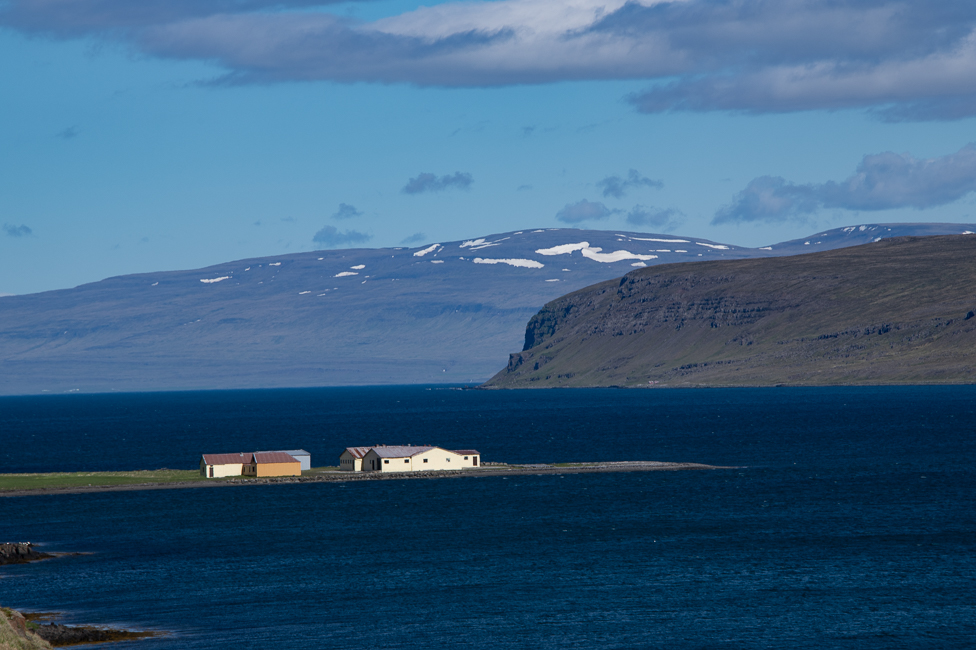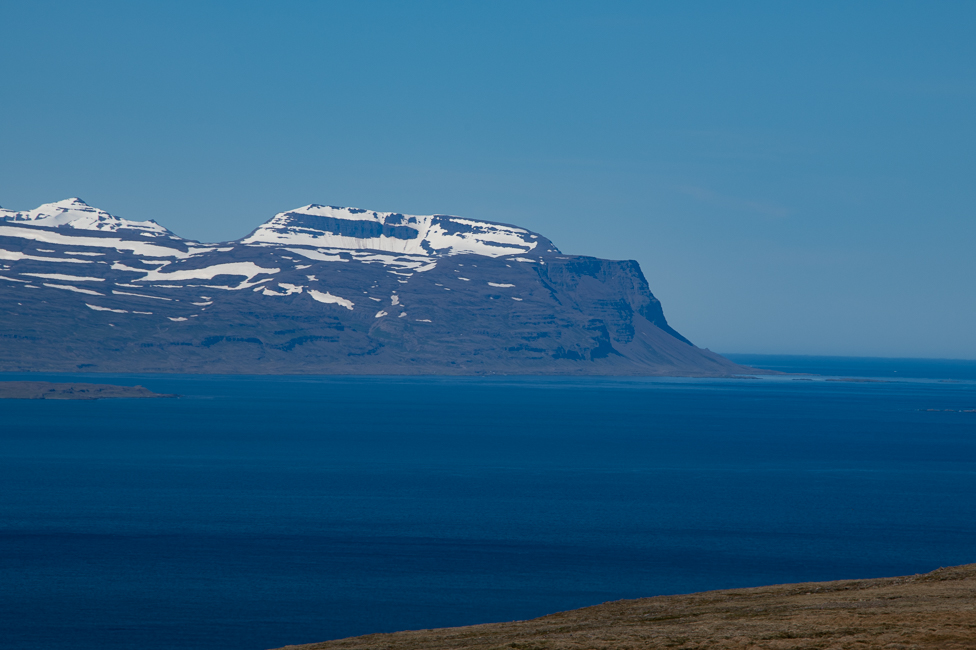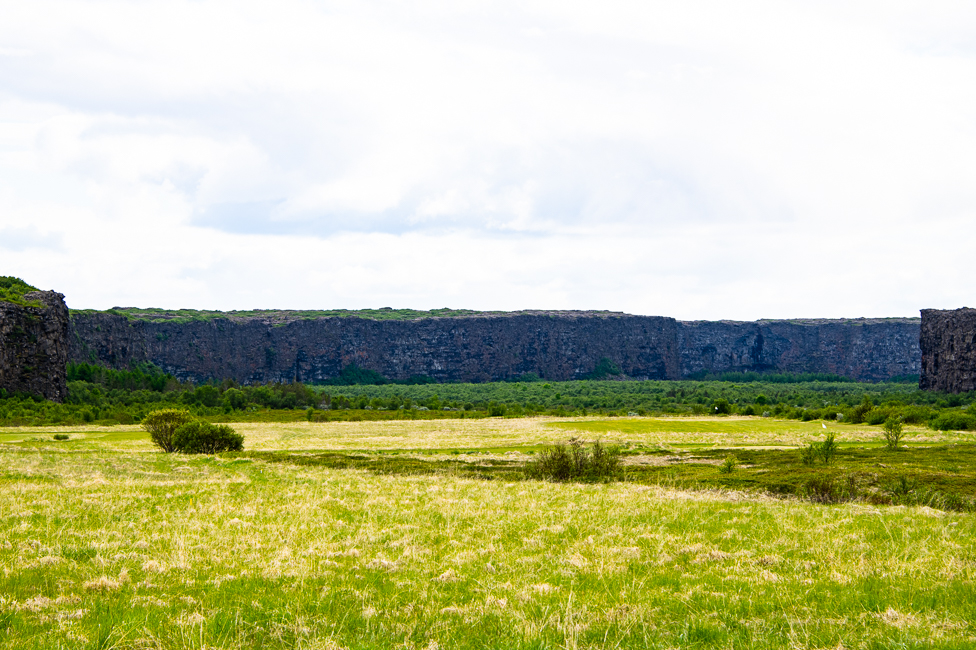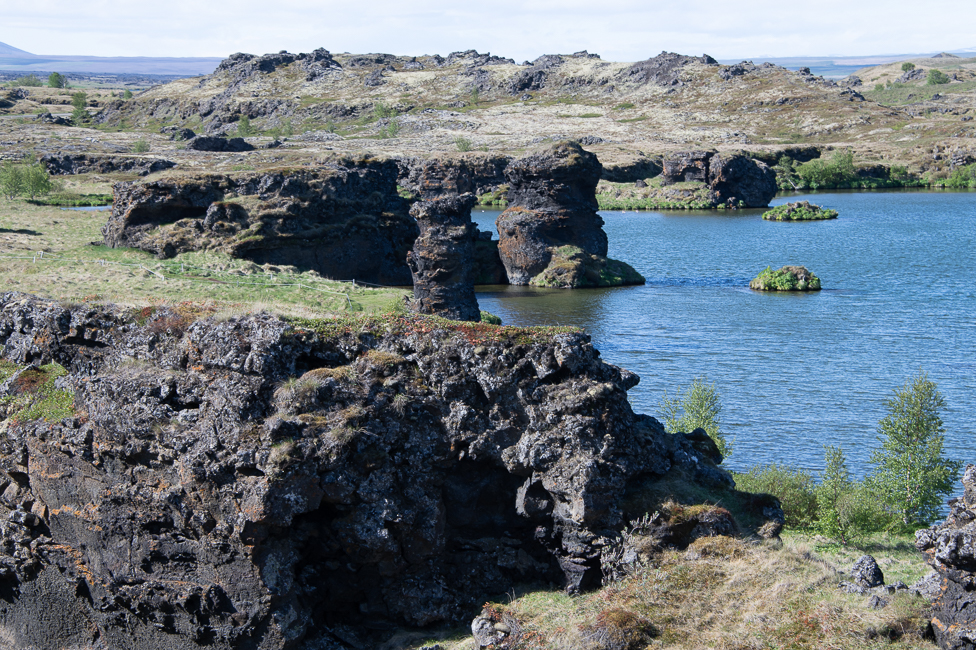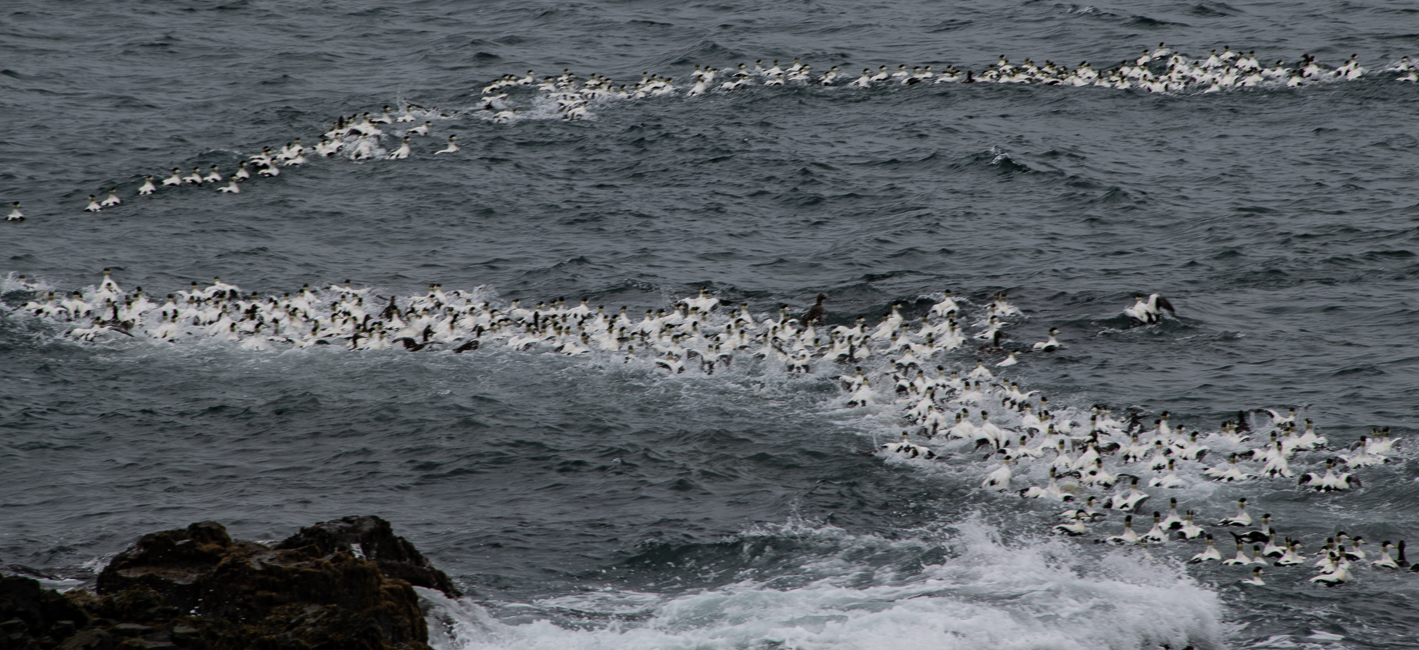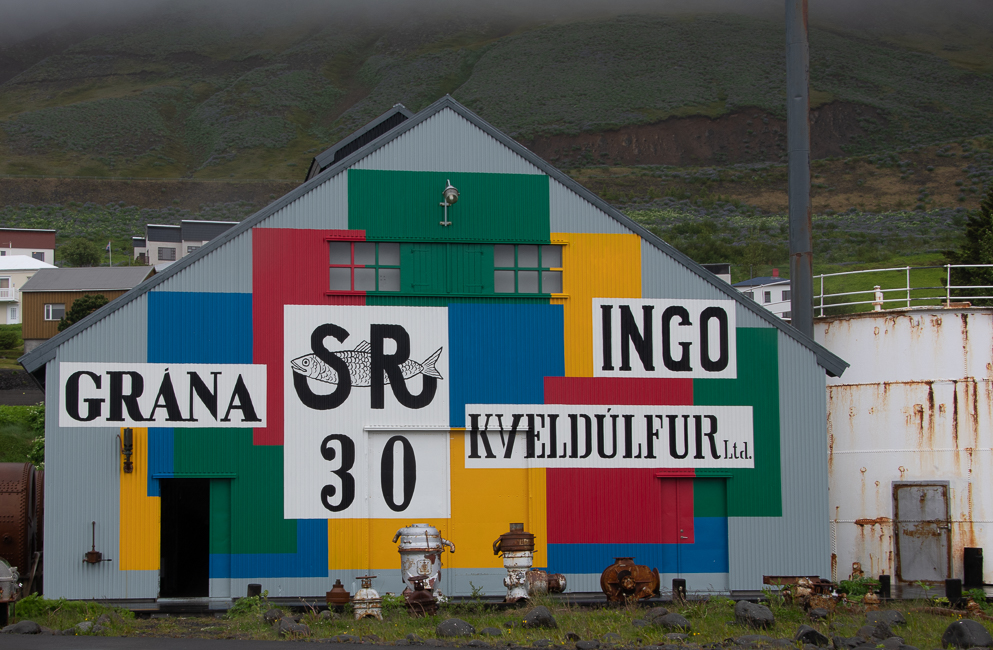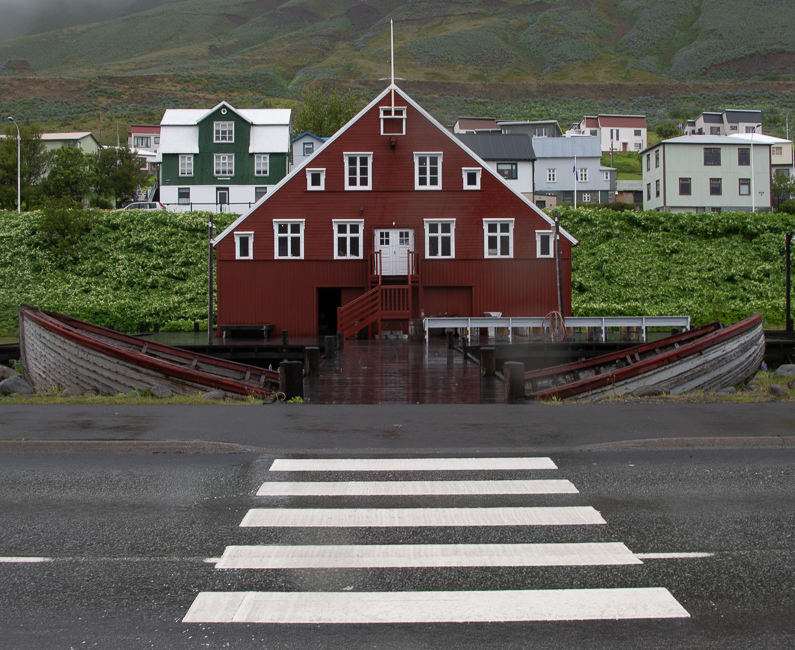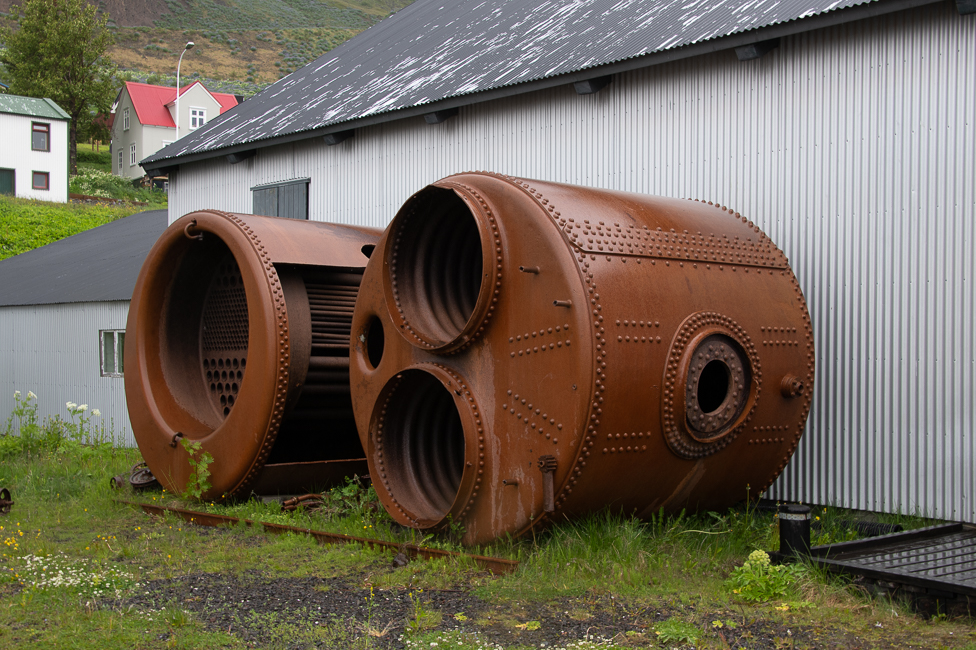Northern Iceland is dominated by Fjords. Defined as narrow and long inlets surrounded by cliffs and steep sides, fjords are so varied in their topography and vegetation as to be gorgeous and yet indescribable.
They are mesmerizing but also frightening to drive at times.
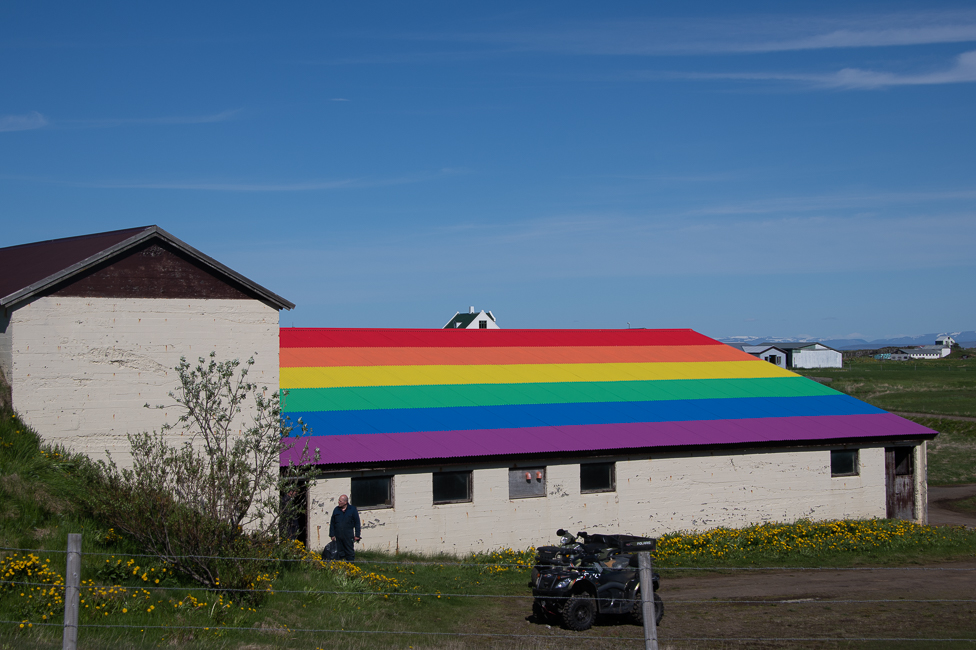 Farm houses dot the sparsely populated roads.
Farm houses dot the sparsely populated roads.
Fjords form as a result of erosion triggered by the flow of massive and powerful glaciers. Iceland has 109 fjords, some of which are real fjords and other bays with fjord-like characteristics.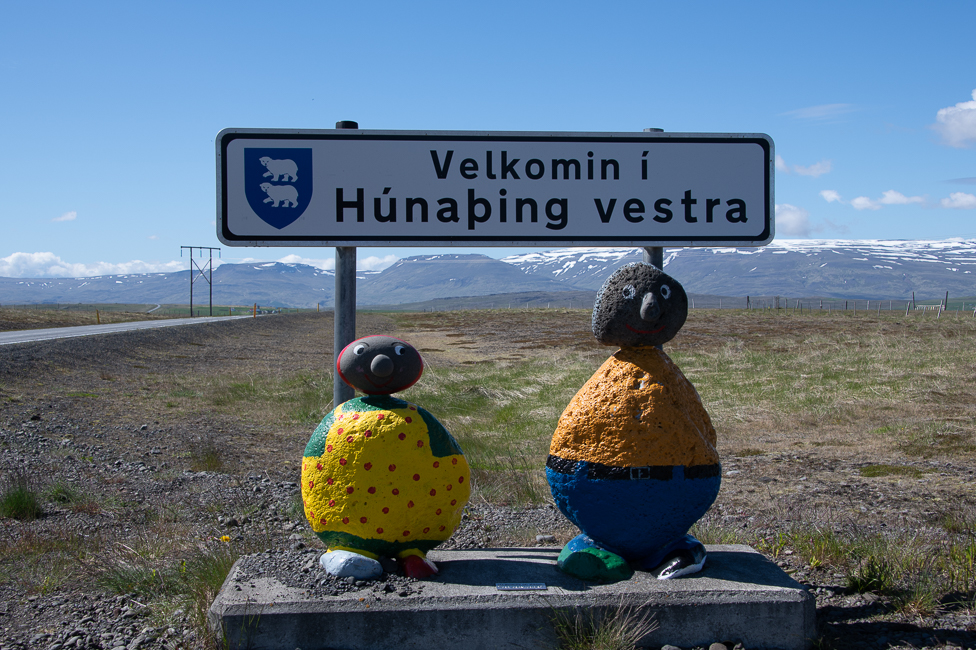
*
Ásbyrgi canyon is a little less than 3/4 of a mile wide and almost two miles long, and shaped like a massive horseshoe.
Legend has it that the canyon acquired its distinct horseshoe shape thanks to Sleipnir, the 8-legged flying horse of Norse god Odin. While Odin was out on a joy ride with Sleipnir, the horse accidentally touched one of its giant hooves onto the earth, creating the mighty canyon.
However, geologists insist that two massive floods from Vatnajökull glacier are responsible for its formation, the first 10,000 years ago and the second 3,000 years ago.
Lake Mývatn is a shallow eutrophic lake surrounded by wetlands with an exceptionally rich population of water birds.
The lake was created by a large basaltic lava eruption 2300 years ago, and the surrounding landscape is dominated by volcanic landforms, including shapes such as these lava pillars.
What will overwhelm the visitor is the infestation of midges in the summer months, making most people high tail it to the local store to buy facial netting.
The Húsavíkurkirkja Church is an early 20th century church. This charming wooden church was built in 1907 by Icelandic architect Rögnvaldur Ólafsson.
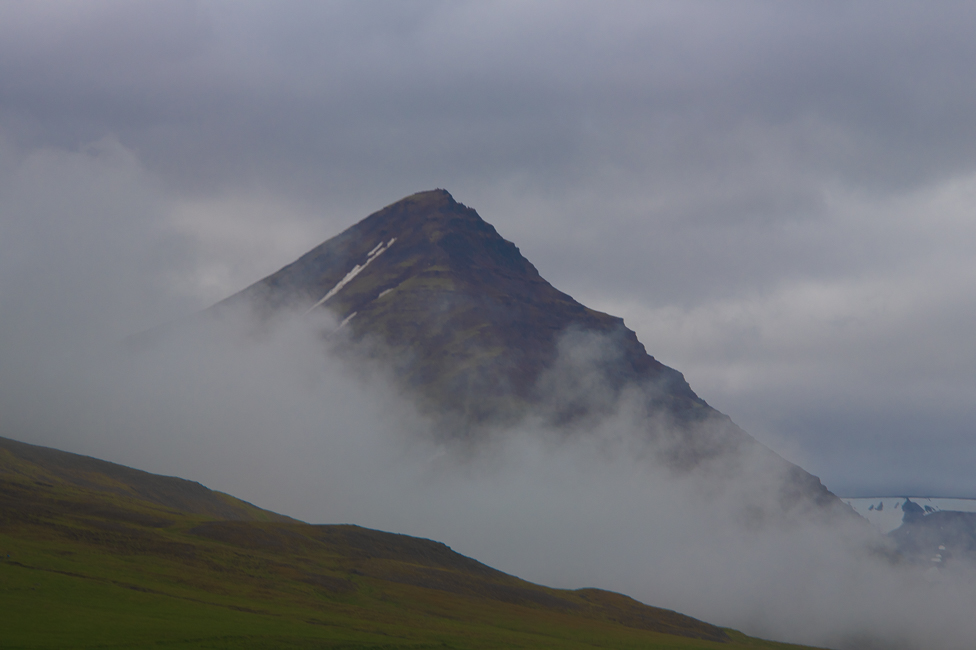 Northern Iceland is long valleys and peninsulas interspersed with mountains, lava fields and smooth hills carved out by rivers.
Northern Iceland is long valleys and peninsulas interspersed with mountains, lava fields and smooth hills carved out by rivers.
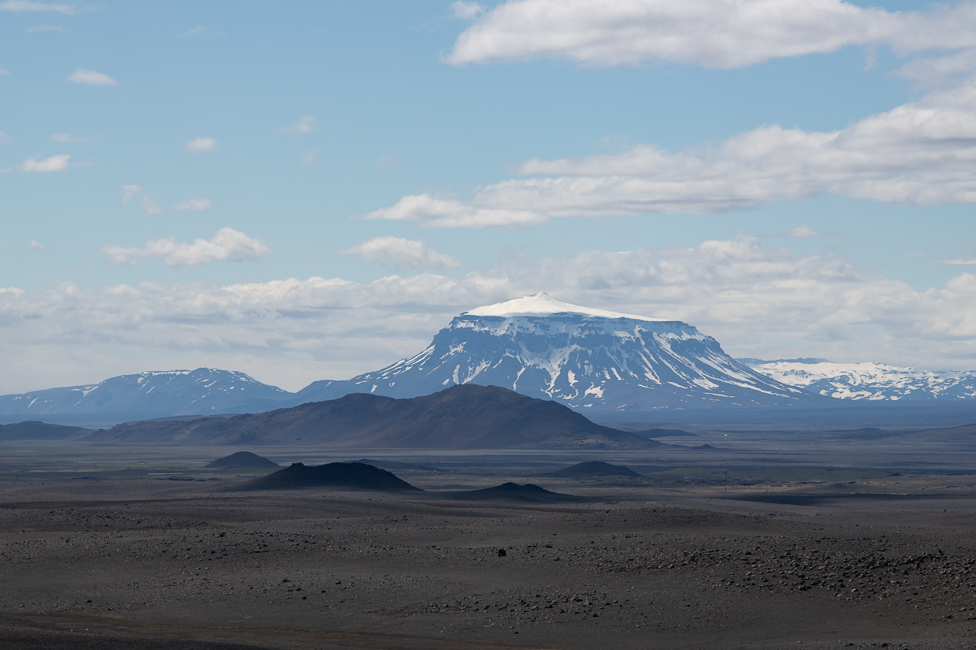 The adventure takes you from lush valleys filled with vegetation, to others barren and eerie.
The adventure takes you from lush valleys filled with vegetation, to others barren and eerie.
 Driving the fjords is miles and miles of stunning beauty punctuated with small fishing villages.
Driving the fjords is miles and miles of stunning beauty punctuated with small fishing villages.
Herring Fishing
Fishing is vital to this part of Iceland and plays a large part in its history.
Norweigans came to Iceland to begin fishing for herring around 1903. They opened fisheries and hired Icelanders to help with the processing. Eventually Iceland gained control over the market and became the leading exporter of herring.
Herring plays an important part in Iceland’s independence (1944) due to the wealth it brought. It also brought liberation to the women of Iceland due to their important role in the herring industry.
But why herring? Herring fish meal has a very high protein content and contains many valuable nutrients. It is an important constituent of animal fodder and plays a vital role in meat production and fish farming around the world. Fish meal has also been used as an agricultural fertilizer
In the days before mineral oil was discovered the lamp oil that lighted homes and streets in Europe was fish and whale oil. Fish oil was later used in margarine and other cooking fats, soaps, cosmetics, medications, and leather treatments.
During World War II herring oil acquired a new significance when the Germans started using it to make glycerine to manufacture explosives. This resulted in the bombing of many herring plants across Norway and Iceland.
As I write and re-read this post I realize how it jumps all over the map. No pun intended. But that is Iceland. Every time one goes one mile everything can change in a moment. The geography, the weather, the traffic, this constant change is hard to grasp and hard to put into a coherent story.

